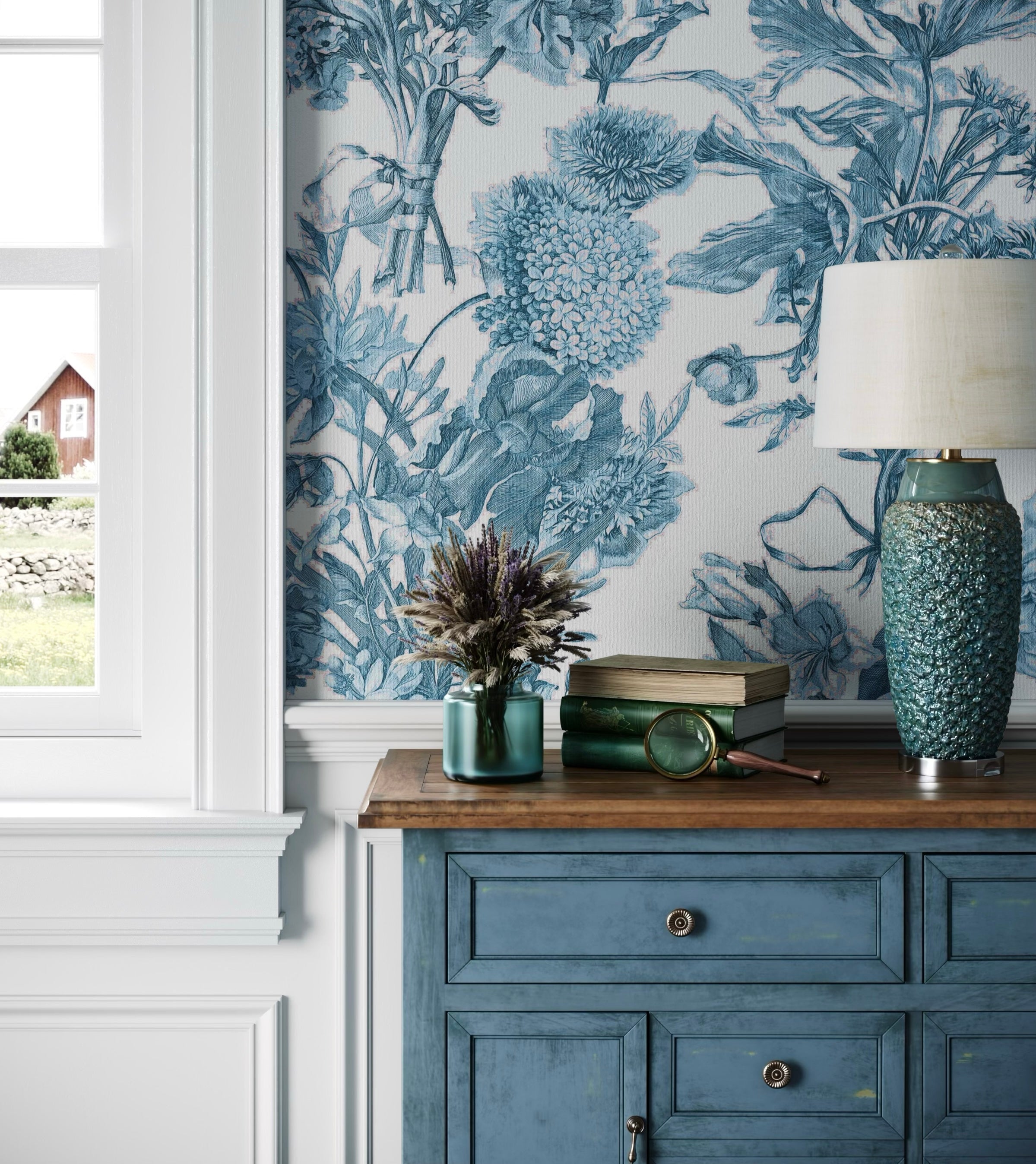Sisuverse Journal | Nest & Nurtured
Investigations into biophilic design, craft traditions, and how natural materials transform homes. Pattern history, architecture, folklore, and objects that shape domestic sanctuary.
-
Read more: The Hearth: Where Fire Made Homes Sacred

The Hearth: Where Fire Made Homes Sacred
Snow arrives silently across the glen, muffling sound until the world contracts to what's immediately present. Inside the stone cottage, peat smoke rises from the central hearth. Its scent sweet and acrid simultaneously, filling lungs with something older than memory.
The fire doesn't roar or crackle like wood fires do. Peat burns slower, cooler, more patient. It glows rather than flames, radiating heat that seems to come from earth itself rather than combustion.
The hearth determined everything: where people sat, how rooms were configured, which walls received smoke staining, where cooking happens, how stories are told. The hearthstone beneath the fire is worn smooth. Depressed slightly in the centre where centuries of fires have heated and cooled the granite, causing microscopic expansions and contractions that gradually reshape even stone.
This is where homes became sacred.
Before central heating, survival in cold climates meant understanding fire's relationship to architecture. Celtic rituals. Scottish peat fires. Scandinavian tile stoves. Alpine masonry. English inglenooks. Irish eternal flames. Basque kitchen hearths. Each culture solved the challenge of warmth through accumulated knowledge spanning centuries.
The hearth gathered households into shared space. Forced proximity that contemporary architecture often avoids. What hearths taught about survival transcends heating—they demonstrated that comfort requires maintenance, that warmth is earned through labour, that resources must be gathered and managed thoughtfully.
Where fire made homes sacred, what makes them sacred now?
Read more -
Read more: Why Cornish Fishermen Never Whistled at Thresholds: Atlantic Doorway Traditions

Why Cornish Fishermen Never Whistled at Thresholds: Atlantic Doorway Traditions
The wind comes off the Atlantic with the force of something personal, something directed. It finds every gap in the stone cottage's walls, every weakness in the mortar, pressing against the wooden door until the hinges complain. Outside, Cornish clifftop grass bends horizontal, waves throw themselves against rocks in white explosions, gulls hang suspended in updrafts. Inside, beyond that door, is stillness, warmth, the smell of burning coal and baking bread, lamplight steady in its globe.
Between these states lies the threshold. She stands before the cottage door, hand on the latch, rain beginning to stipple her oilskin coat. The crossing from outside to inside is never merely physical in places where weather is adversary and shelter is precious. Her grandmother taught her pause at the threshold, knock twice against the doorframe even though it's your own home, never whistle as you cross, and close the door firmly behind you. These aren't superstitions precisely, though they carry superstition's gravity. They're technologies of transition, ways of marking the boundary between exposure and sanctuary, wildness and domestication, the world and home.
Read more






